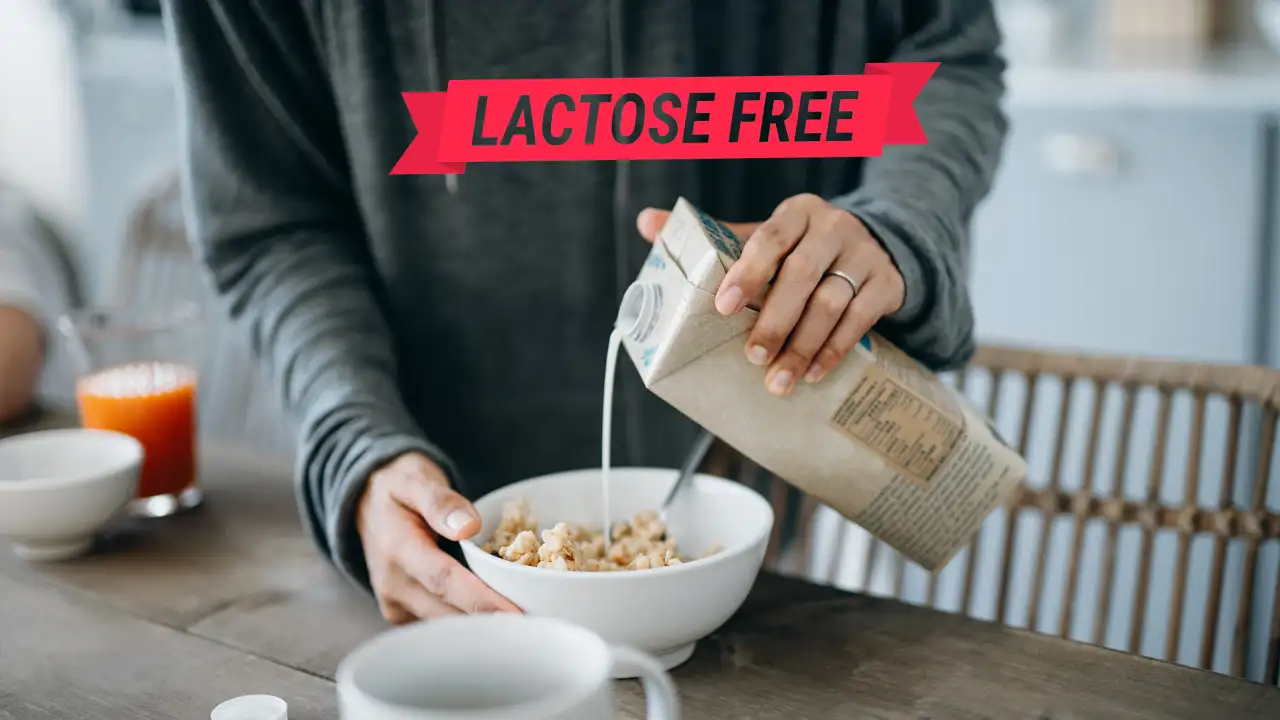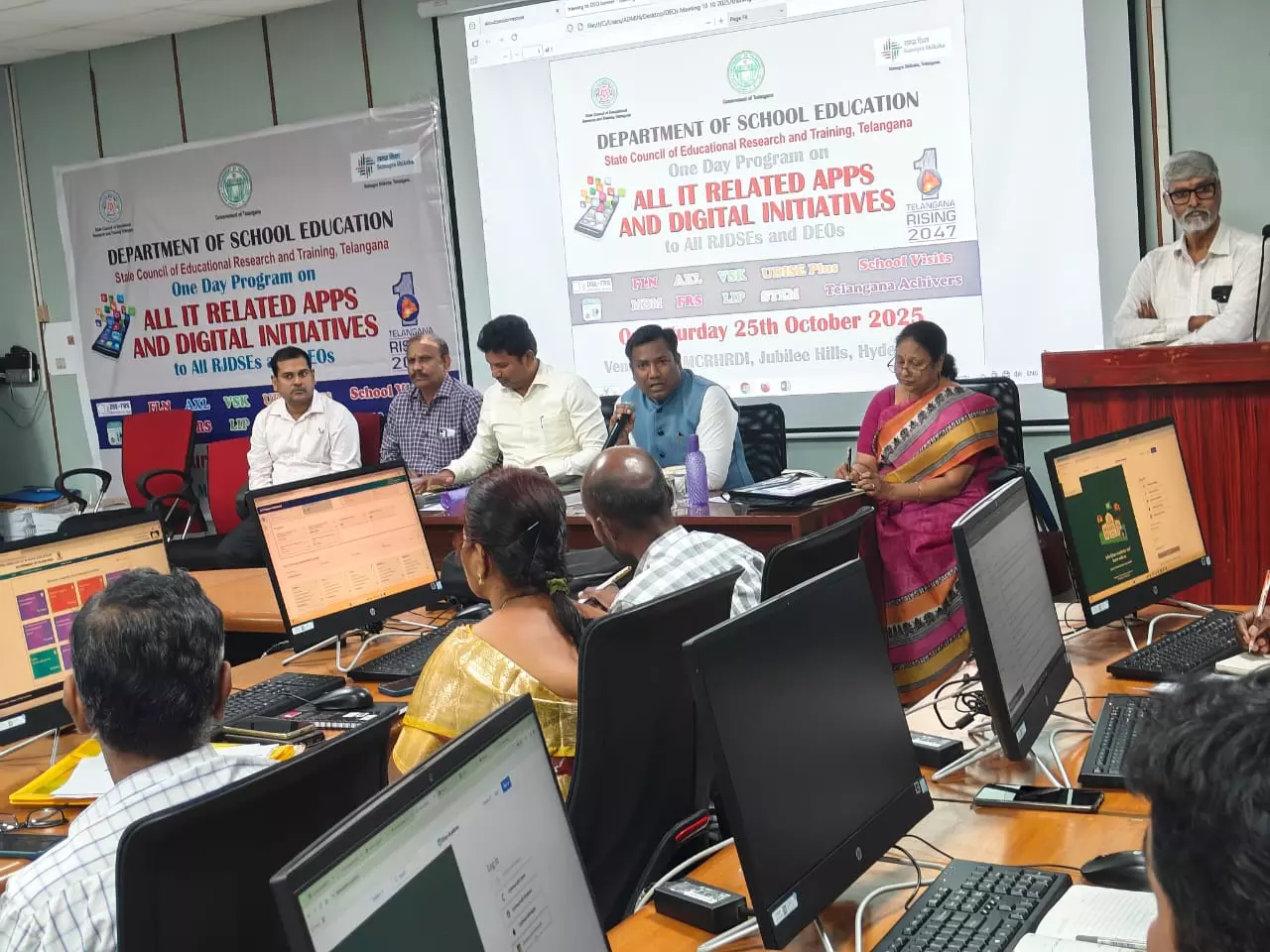Copyright timesnownews

India's lactose-free dairy segment, an overlooked profitable opportunity, is sitting in plain sight. With 60 to 74% of Indians silently struggling with lactose intolerance and growth projections hitting 14.8% CAGR in some segments through 2030, smart money isn't asking whether to enter this market; it is waiting for the competitors to emerge from the shadows. The Billion-Dollar Opportunity “In India, milk isn’t just a beverage - it’s cultural. From chai to sweets to everyday meals, milk is woven into our lives,” says Thapasya Vijayaraghavan, co-founder and CEO of Beanery Foods. The numbers speak volumes about untapped potential. India's UHT lactose-free milk market alone is set to double from USD 7.75 billion to USD 15.53 billion by 2034, with volume expanding from 1,306.55 million litres to 3,927.35 million litres: a staggering 12.36% CAGR. Despite these figures, lactose-free offerings remain scarce in mainstream portfolios, especially within high-demand categories like flavoured dairy beverages, which are growing at 15.4% CAGR and expected to reach INR 63.30 billion in 2024. Bollywood star Suniel Shetty noted in an interview, saying, “There’s no need to be away from dairy unless you have an inherent milk allergy issue or a lactose intolerance issue, which I have... I have lactose-free milk and it made a big, big difference in my life”. Regional Arbitrage: A Strategic Advantage Smart brands are leveraging India's regional diversity for competitive advantage. Southern states, with lactose intolerance rates reaching 82 %, present immediate high-potential markets. Karnataka, Tamil Nadu, Kerala, and Andhra Pradesh offer concentrated demand with established dairy consumption habits, a perfect storm for lactose-free introduction. Bengaluru’s emergence as a launchpad for multiple lactose-free dairy brands underscores this high-concentration opportunity within familiar eating habits. Startups are already reshaping the future of this category, with Hyderabad-based Zumi Foods leading the charge, a subsidiary of Beanery Foods. The company has introduced lactose-free, protein-rich milkshakes that draw inspiration from India’s rich culinary heritage, featuring flavors such as Rasmalai and Filter Kaapi. Each 200ml serving delivers 7 to 8 grams of protein, is naturally sweetened with alternatives like jaggery and dates, and comes in convenient, hygienic ready-to-drink Tetra Pak packaging, in line with Zumi’s commitment to adopt more sustainable packaging solutions that align with environmental goals while enabling large-scale distribution. Winners of a startup challenge by Tetra Pak that was supported by Startup India, Zumi was provided product development expertise by Tetra Pak, and embodies a new wave of Indian food innovation that offers clean-label, functional products that remain deeply rooted in local taste preferences. The UHT Advantage: Solving India's Infrastructure Challenge Lactose-free products in UHT (ultra-high temperature treatment) offer compelling operational advantages. With 6-9 months shelf life without refrigeration, these products overcome India's cold chain limitations while reducing distribution costs and spoilage - critical factors in a market where infrastructure varies dramatically between urban centres and rural areas. Consumer behaviour further strengthens this business case. Urban millennials and Gen Z, representing the highest consumption segment, are willing to pay a premium for convenience and health benefits. With middle-income groups (Rs. 30,000-1 lakh annual income) and high-income segments actively seeking these products, the premium pricing challenge becomes a value proposition opportunity. Thapasya of Beanery Foods (ZUMI) explains, “One of the biggest operational challenges in lactose-free dairy is precision. The lactase enzyme has to be dosed with extreme accuracy; too little, and the product isn’t fully lactose-free and too much or poorly timed, and it can alter taste, colour, and shelf stability. That’s where Tetra Pak played a transformative role. Their R&D experts helped us rework formulations for UHT, balancing the science of lactose-free milk with the art of creating indulgent products.” Solutions like Tetra Pak’s aseptic cartons are playing a critical role in this ecosystem, enabling safe, long-lasting lactose-free products that can reach far beyond metro shelves. Local Flavours and Innovation Remain Key While a few established brands have entered the space, major gaps persist -- especially in flavour variety and format. Research shows that more than 75% of consumers prefer Indian flavours in their dairy beverages. However, most lactose-free offerings currently reflect standardised global tastes. Brands willing to innovate with local tastes (think Rose, Jamun, Kulfi or classic Indian desserts in a lactose-free version) have the opportunity to differentiate and quickly build consumer loyalty. E-Commerce and Modern Trade: Breaking Distribution Barriers E-commerce is democratizing access to lactose-free dairy, growing at a CAGR of 9.1% and enabling brands to connect directly with health-conscious consumers. Platforms such as Blinkit, Big Basket, and Amazon Fresh are making it easier for families to discover and purchase specialty dairy products anywhere in India. Combined with the wider reach of modern retail, barriers that once restricted access are rapidly being dismantled. Building for Profitability and Future Growth For established dairy businesses, expanding into lactose-free lines offers compelling benefits: Debraj Chakraborty, Principal Analyst at BIS Research, states, “Growing awareness of lactose intolerance and increasing consumer demand for alternative dairy options are anticipated to propel the growth of lactose-free dairy products, aligning with evolving health and dietary preferences”. Market Expansion: Double-digit growth across lactose-free dairy product segments.Higher Margins: Premium pricing is accepted for value-added lactose-free products.Operational Synergy: Existing dairy infrastructure can be readily adapted for lactose-free production.Consumer Diversification: Reduced risk from changing dietary trends and greater portfolio resilience.Global Reach: Rising export opportunities as lactose-free demand grows worldwide. The Time is Now With government nutrition programs supporting market development and consumer awareness reaching tipping points, 75 % urban awareness of lactose intolerance, the lactose-free segment stands at an inflection point. Early movers like Amul and emerging brands like Beanery Foods are establishing market positions, but with less than 30 % consumer awareness about personal lactose intolerance status, the education-driven growth phase is just beginning. For dairy brands evaluating future strategies, lactose-free isn't just an option; it's an imperative. The question isn't whether to enter this market, but how quickly brands can position themselves to capture this sunrise opportunity. In a market where demand consistently outstrips supply and consumer preferences align with product benefits, going lactose-free represents not just smart business but essential future-proofing for India's dairy industry. (This is a sponsored feature.)



